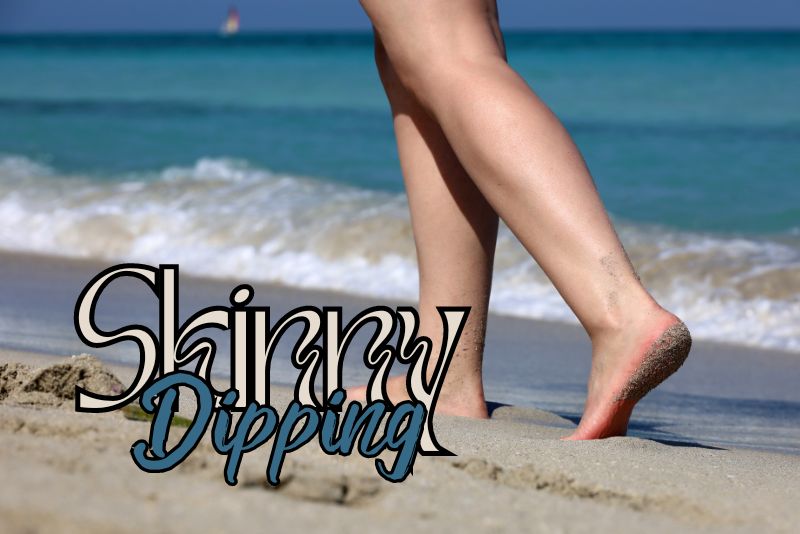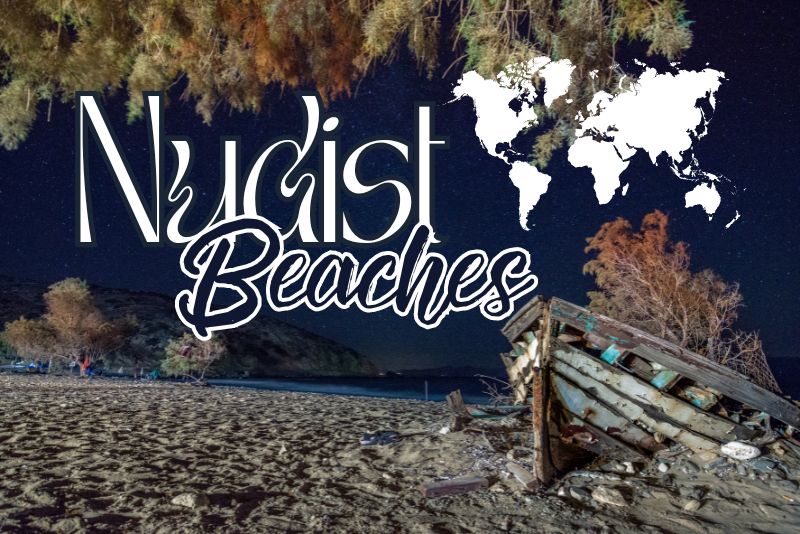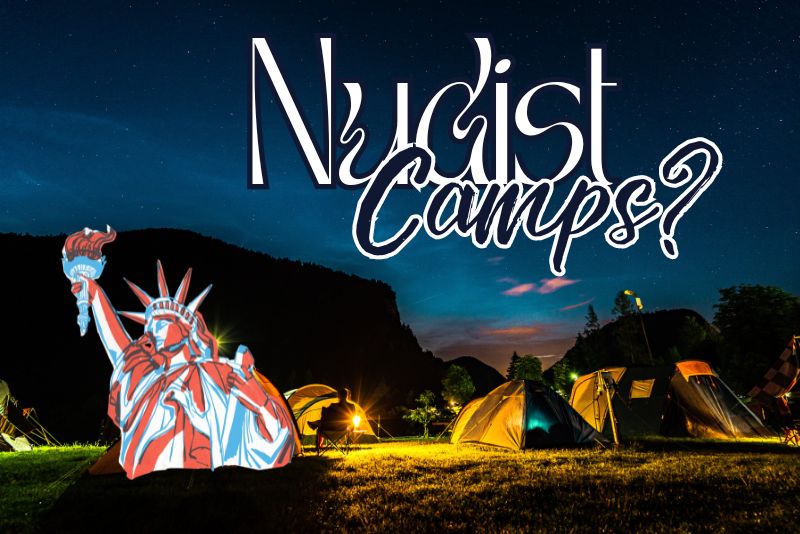Nudist beaches are not a new phenomenon, as they have existed in some cultures for centuries. However, in recent years, they have become more popular and widespread around the world, attracting people of different ages, backgrounds, and motivations.
Some of the reasons for this growing popularity include the desire to escape from the pressures of modern society, the benefits of sun exposure and vitamin D, and the sense of freedom and self-acceptance.
In Europe, for example, countries like Spain, France, and Germany have a well-documented number of nudist beaches, often with clear signage and community support.
In the United States and Canada, while less common, there are still numerous officially recognized nudist beaches. Other regions, including parts of Australia, South Africa, and even some Caribbean islands, also offer designated naturist beaches.
8. Praia do Pinho, Balneário Camboriú, Brazil
Location Appeal: Considered one of the first official nudist beaches in Brazil, Praia do Pinho is surrounded by lush green hills and fronts the Atlantic Ocean.
Unique Feature: It’s well-organized with designated areas for singles and couples, ensuring privacy and comfort for all visitors.
Accessibility: The beach is part of a wider nudist resort, offering accommodations and facilities that cater specifically to nudist tourists.
7. Wreck Beach, Vancouver, Canada

Location Appeal: Canada’s first and largest legal nudist beach, Wreck Beach stretches over 7.8 kilometers at the edge of the University of British Columbia.
Unique Feature: It’s famous for its vibrant vendor community that offers everything from jewelry to snacks, all sold by nude vendors.
Accessibility: While it requires descending 500 steep steps, the journey is well worth the privacy and pristine environment.
6. Spiaggia di Guvano, Corniglia, Italy
Location Appeal: This secluded beach in the Cinque Terre region is famous for its rugged beauty and tranquil waters, tucked away between cliffs.
Unique Feature: It’s accessible only via an old, unused railway tunnel, adding an element of adventure and privacy.
Accessibility: The challenge in accessing this beach keeps it less crowded and more serene compared to other beaches.
5. Plage de Tahiti, St. Tropez, France

Location Appeal: Situated on the glamorous French Riviera, Plage de Tahiti is known for its golden sands and celebrity sightings.
Unique Feature: This beach became famous in the 1960s when it was featured in the film “And God Created Woman,” which helped popularize nudism in Europe.
Accessibility: It is easily accessible and offers various luxurious amenities, making it a staple for the rich and famous.
4. Samurai Beach, Port Stephens, Australia
Location Appeal: This beach is part of the Tomaree National Park and offers a perfect mix of natural beauty with fine sand and surrounded by national park.
Unique Feature: It hosts the annual Nude Olympics, featuring events like nude tug-of-war and sprinting.
Accessibility: The beach is accessible by 4WD, adding a touch of adventure to the visit.
3. Valalta, Rovinj, Croatia
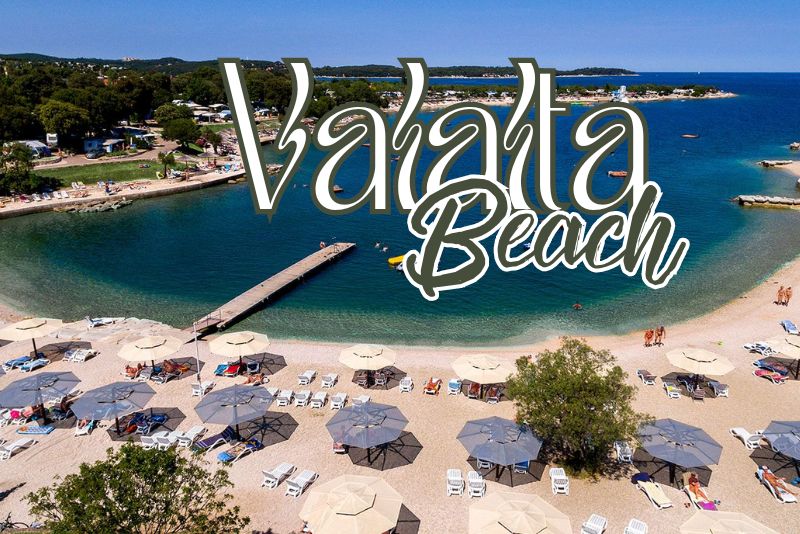
Location Appeal: Located on the Adriatic coast, Valalta is famous for its long sandy beach and crystal-clear waters.
Unique Feature: It’s part of a large naturist resort that includes its own brewery and provides a range of leisure facilities.
Accessibility: The resort offers everything from camping spots to luxury apartments, making it accessible for various budgets and preferences.
2. Cap d’Agde Naturist Village, France
Location Appeal: Known as the “Naked City,” Cap d’Agde is perhaps the most famous nudist destination in the world, offering a fully nudist environment from the beach to the bank.
Unique Feature: It includes a nudist bank, post office, and grocery stores, allowing visitors to experience everyday life without ever needing to put on clothes.
Accessibility: The village is highly organized with plentiful accommodations and facilities, drawing nudists from around the globe.
1. Haulover Beach, Miami, Florida, USA
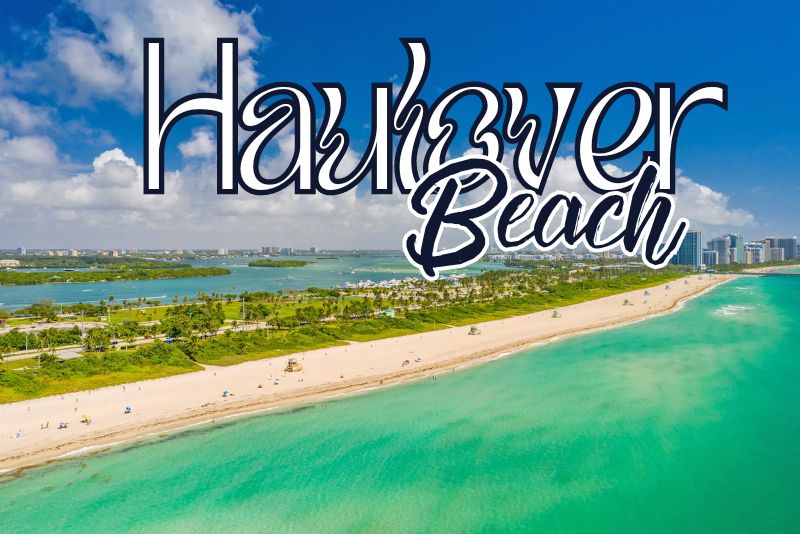
Location Appeal: Known for its urban setting and pristine conditions, Haulover Beach is one of the few legally nude beaches in the United States.
Unique Feature: It boasts well-maintained amenities, regular lifeguard services, and a dedicated naturist community that organizes events.
Accessibility: Located centrally in Miami-Dade County, it’s highly accessible and draws a diverse international crowd.




